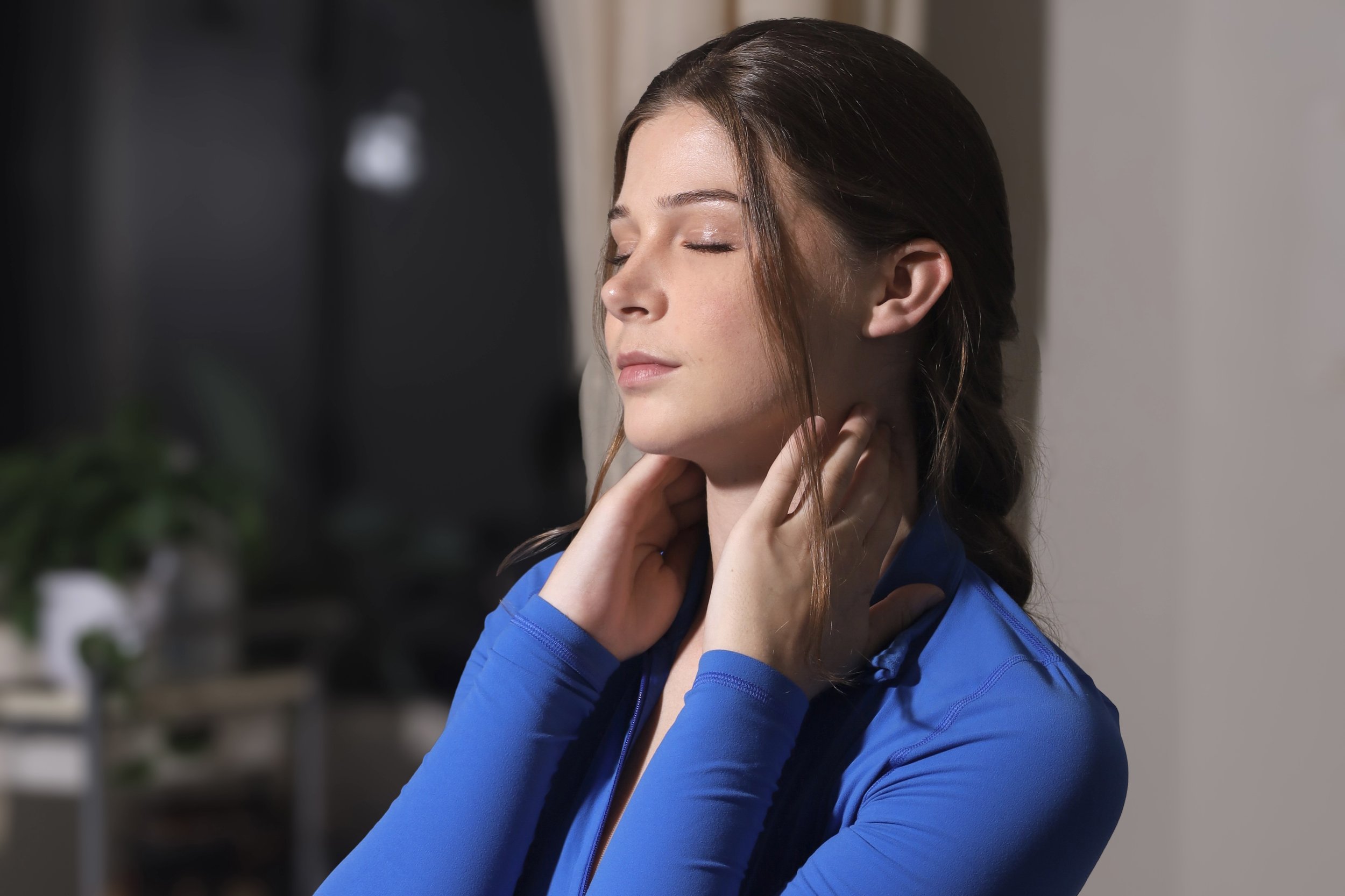
Overcoming Carpal Tunnel Challenges
Non-Invasive Physical Therapy Approaches at CHA in Midtown Manhattan
In Midtown Manhattan, where professionals and artists alike endure repetitive hand and wrist demands—from typing on keyboards to playing instruments—carpal tunnel syndrome (CTS) can disrupt daily life and passions. At CHA Physical Therapy, we offer expert, non-invasive solutions rooted in orthopedic manual therapy, pain management, and specialized programs like our Artist Clinic to alleviate symptoms, restore function, and prevent recurrence. Our evidence-based methods help you regain comfort without surgery, drawing on the latest insights to support your active NYC lifestyle.
What Is Carpal Tunnel Syndrome?
Carpal tunnel syndrome occurs when the median nerve, which runs from your forearm into your hand, becomes compressed within the narrow passageway at your wrist known as the carpal tunnel. This compression can lead to inflammation and irritation, affecting sensation and movement in the thumb, index, middle, and part of the ring finger. According to the American Academy of Orthopaedic Surgeons, CTS affects millions annually, often linked to repetitive strain or anatomical factors.
Common Symptoms and Contributing Factors
Recognizing CTS early is crucial for effective management. Symptoms typically include:
Numbness or tingling in the fingers, especially at night or during activities.
Hand weakness, making it hard to grip objects or perform fine tasks.
Pain that may radiate up the arm.
Swelling or a sensation of fullness in the fingers.
Factors increasing risk encompass repetitive wrist motions (common in office workers, musicians, and dancers), poor ergonomics, underlying conditions like arthritis or diabetes, pregnancy-related swelling, and even genetic predispositions. Research from Mayo Clinic highlights that women are three times more likely to develop CTS due to smaller carpal tunnels.
Comprehensive Assessment at CHA Physical Therapy
At CHA, accurate diagnosis begins with a thorough evaluation in our Midtown clinic. Our therapists conduct detailed assessments, including postural analysis, range of motion tests, grip strength measurements, and nerve conduction studies if needed. We also discuss your daily activities, work habits, and any artistic pursuits to identify triggers. This personalized approach ensures we address the root cause, whether it's musculoskeletal imbalances or neurological factors, aligning with our Pain Management and Neurological Movement Disorders programs.
Tailored Non-Invasive Treatment Options
We prioritize conservative, drug-free therapies proven effective for CTS, as supported by studies showing manual therapy can provide short-term pain relief superior to surgery. Your custom plan may incorporate elements from our Orthopedic Manual Therapy and Artist Clinic:
Manual therapy techniques, such as soft tissue mobilization and joint manipulations, to reduce inflammation and improve wrist mobility.
Neuromuscular re-education and nerve gliding exercises to enhance nerve function and prevent adhesions.
Stretching and strengthening protocols to build wrist stability and alleviate pressure on the median nerve.
Therapeutic electrical stimulation (like TENS) to manage pain and promote healing.
Postural correction exercises from our Postural Restoration program, addressing forward head posture that exacerbates wrist strain.
For creative professionals in our Artist Clinic, specialized movement retraining for instrument handling or repetitive gestures to reduce tension.
These interventions, often combined with wrist splinting at night, help most patients see improvements within weeks, per guidelines from the Journal of Orthopaedic & Sports Physical Therapy.
Preventive Strategies and Daily Modifications
Prevention is key to long-term relief. Through our Wellness & Prevention Programs, we educate on ergonomic setups—such as adjusting keyboard height or using supportive tools—and recommend breaks with wrist stretches. Incorporating yoga-inspired poses or breathing techniques can further enhance flexibility and reduce stress-related clenching, as noted in Johns Hopkins Medicine resources. Regular check-ins ensure you maintain healthy habits amid Manhattan's demanding pace.
The Advantages of Choosing Non-Invasive Care at CHA
Opting for physical therapy over surgery offers numerous benefits: quicker recovery with minimal downtime, lower risks of complications, and cost savings. Patients often report reduced pain, improved grip strength, and enhanced performance in daily or artistic activities. Our integrated approach not only treats symptoms but fosters overall body mechanics, drawing on neuroplasticity to rewire movement patterns for lasting results.
Hear from Our Satisfied Clients
NYC musicians and office dwellers alike have thrived with CHA's care. One violinist in our Artist Clinic shared how manual therapy and custom exercises eliminated her nighttime tingling, allowing seamless rehearsals. These stories reflect broader evidence from the American Society for Surgery of the Hand, where non-surgical methods succeed for mild to moderate CTS.
Frequently Asked Questions About CTS Treatment
Can physical therapy cure carpal tunnel syndrome? While it may not "cure" severe cases, PT effectively manages symptoms and can prevent progression, often avoiding surgery.
How long does treatment take? Many see relief in 4-6 weeks with consistent sessions, depending on severity.
Is wrist bracing necessary? Yes, especially at night, to keep the wrist neutral and reduce nerve pressure.
Who is at highest risk? Those with repetitive hand tasks, like typists or performers, but our programs cater to all.
Don't let carpal tunnel hinder your productivity or creativity. Contact CHA Physical Therapy in Midtown Manhattan today for a personalized evaluation and start your journey to pain-free hands. Schedule now and reclaim your comfort!
